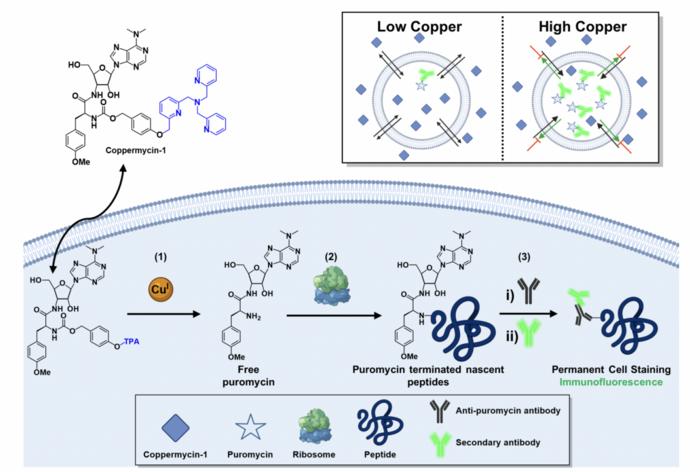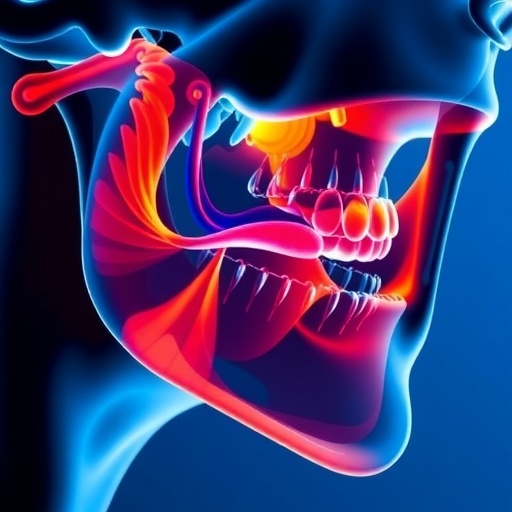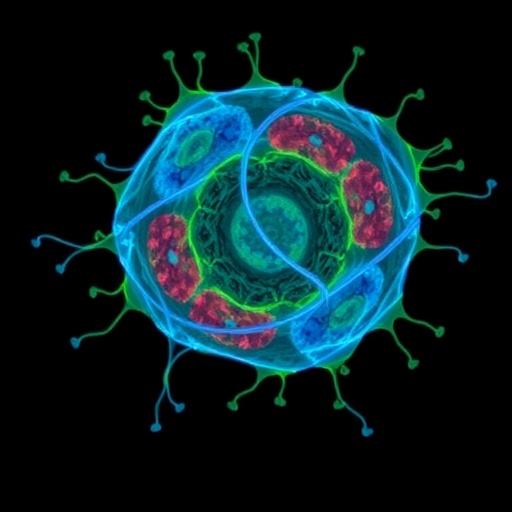
The Chang Lab at Princeton University has recently unveiled significant advancements in the understanding of copper’s role in human biology, particularly in relation to cancerous growth. Their latest study, scheduled for publication in January 2025, delves into the intricate relationship between copper levels and cell behavior, presenting findings with potential implications for therapeutic strategies. This research builds upon last year’s focus on iron, showcasing a continued commitment to elucidating metal nutrient functions in human health.
The lab has innovated a sensitive sensing probe that can effectively detect copper in various human cells. This significant tool allows researchers to explore the regulation of cellular growth linked to copper, particularly in lung cancer, a field that remains ripe for discovery. Emerging research highlights the dual role of copper within cell biology, accentuating its essential nature while concurrently acknowledging the detrimental impacts of copper imbalances in disease processes. This ambivalent relationship underscores the importance of maintaining what can be termed as a “just right” copper balance within cells.
In their collaborative study with researchers from notable institutions, the Chang Lab’s work exemplifies a targeted approach to understanding how copper-dependent signaling might affect cancer cell proliferation. It signals a pivotal shift in the landscape of cancer research, moving towards a more nuanced investigation into how specific nutrient metals like copper can be manipulated for therapeutic purposes. The team’s findings suggest promising directions for potential treatments, wherein copper chelation could be strategically employed to disrupt the growth of cancer cells that exhibit excessive reliance on copper.
In particular, lung cancer cells that possess high levels of a specific transcription factor known as NRF2 may exhibit vulnerabilities when subjected to copper deprivation. This discovery correlates heightened NRF2 activity with oxidative stress mechanisms that are exacerbated by elevated copper concentrations. Through extensive experimentation on National Cancer Institute tumor cell lines, researchers have been able to draw connections between copper depletion strategies and heightened rates of cancer cell mortality, further illuminating the complex interplay between metal availability and cell survival pathways.
Christopher Chang, the head of the Chang Lab, underscores the significance of harnessing advanced biomarker technologies in this research context. He envisions a future wherein precise profiling of metal vulnerabilities informs therapeutic interventions tailored for specific cancer types. By employing innovative probing techniques, the Chang Lab aims to isolate and examine various cancer cell types, assessing their dependence on copper-driven growth to unveil critical insights into metal nutrient dynamics.
The paper describing these findings posits a direct correlation between copper levels and NRF2 activation, shedding light on how these biochemical interactions may be utilized in therapeutic settings. This multifaceted approach manipulates both the antioxidant responses that NRF2 elicits and the regulatory roles that copper plays in cellular physiology. The findings illuminate how specific cancers, particularly those linked to heightened levels of oxidative stress, may be susceptible to targeted chelation therapies that limit copper availability.
Notably, this research expands the conventional understanding of cancer biology by incorporating nutrition-related factors into the dialogue of disease progression, potentially redefining therapeutic paradigms. The collaborative nature of this research underscores the importance of interdisciplinary approaches in unraveling complex biological systems, linking chemistry, biology, and medicine in actionable ways.
By integrating insights on copper vulnerabilities and their links to NRF2, the Chang Lab’s study stands as a crucial stepping stone in understanding cancer’s metabolic demands. It establishes a framework that could lead to innovative applications beyond cancer, broadening the potential impact of this research across various domains of health and nutrition. As the boundaries of knowledge expand, researchers are encouraged to adopt a holistic view that encompasses all aspects of cell growth regulation.
While these findings represent a significant breakthrough in the science of metal nutrients and cancer, it is essential to approach them with a cautious optimism. Future research must address the complexities of human biology and the myriad factors that influence cellular behaviors in real-life contexts. The researchers are adamant about the need for further studies, including potential trials in human tissue, to validate their findings and refine their chelation strategies for therapeutic applications.
In summary, this ambitious work by the Chang Lab emphasizes a critical gap in cancer research, offering pathways to innovative treatments that hinge on the management of metal nutrients. This work not only represents a pivotal moment in understanding the role of copper in cancer biochemistry but could also serve as a model for future studies targeting specific nutrients to alter disease outcomes. The overarching goal remains clear: to harness knowledge of molecular mechanisms, enabling targeted therapies that could radically shift approaches to cancer treatment.
In this quest to decode the complexities of nutrient balance in cancer, the Chang Lab continues to pave the way for future discoveries that hold promise for transforming patient outcomes and understanding human biology in more profound ways.
Subject of Research: Cells
Article Title: A histochemical approach to activity-based copper sensing reveals cuproplasia-dependent vulnerabilities in cancer
News Publication Date: 15-Jan-2025
Web References: http://dx.doi.org/10.1073/pnas.2412816122
References: Proceedings of the National Academy of Sciences
Image Credits: Schematic courtesy of the Chang Lab
Keywords: Copper, Cancer, NRF2, Chelation Therapy, Biomarkers, Metallonutrients, Cell Growth, Oxidative Stress, Copper Sensing, Lung Cancer, Metal Imbalances.





